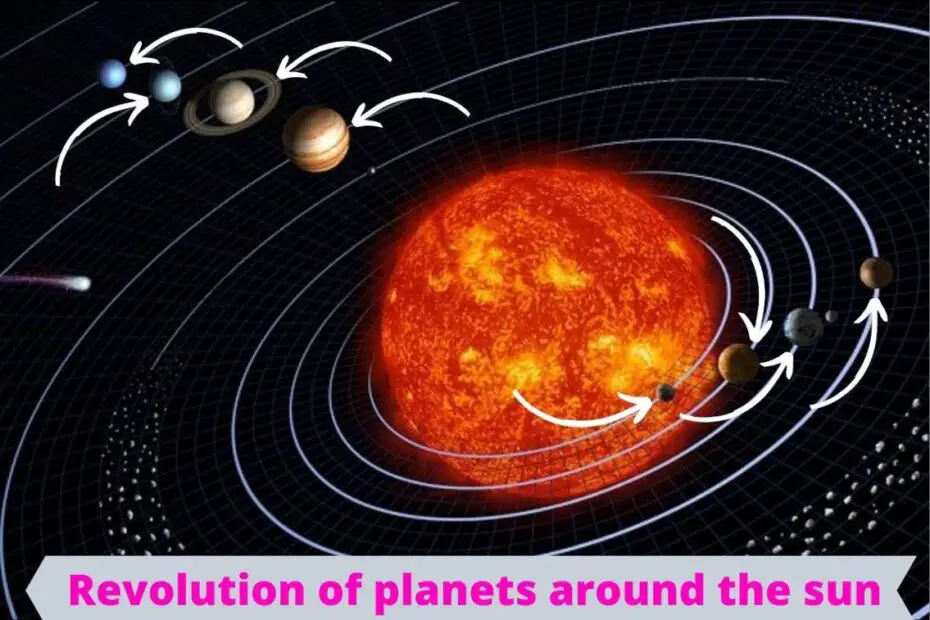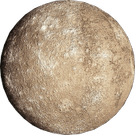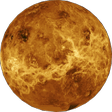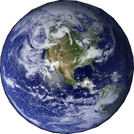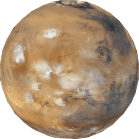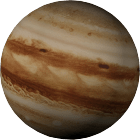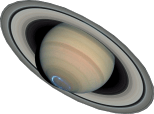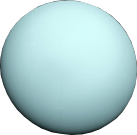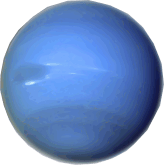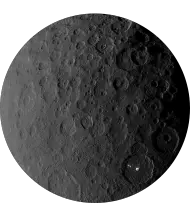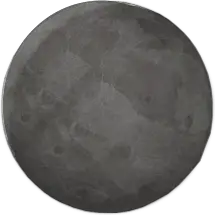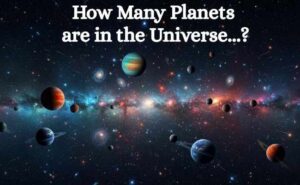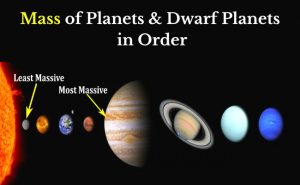Our 8 planets, asteroids, comets, and some other solar system bodies revolve around the sun (or barycenter) in an orbit. Here in this article, you are going to learn about “rotation and revolution of planets around the sun“.
You can easily understand some important questions like, what causes these planets to revolve around the sun? Or how these planets revolve around the sun? Or Is there any fixed direction for revolution in the orbit? Just follow the article without skip to know about it.
Here we are going to discuss everything about the revolution of planets around the sun. But before understanding the revolution of planets, we should know how planets are formed and how they get initial velocity.
Formation of Planets
Our solar system including the sun, planets, and many asteroids all are formed around 4.5 billion years ago with the formation of the solar system. The solar system was formed due to the gravitational collapse of a giant cloud and dust in space. This made a disturbance in the cloud that results create clumps of gases due to gravity. Astronomers estimate that this happens because of the explosion with a supernova star.
Scientists believe that this interstellar cloud was so massive and started the contraction of the most molecules in the center. So the major part of this cloud and dust at the center made the Sun.
Other clumps of clouds and dust formed the planets and smaller bodies in the solar system, in which the majority of mass formed the planet Jupiter.
Check About:- Facts of All Planets in Order
Why do planets revolve around the sun?
So due to the explosion and gravitational collapse of a giant cloud formed a system called the solar system in which our sun, 8 planets and their moons, dwarf planets and their moons, asteroids, and other bodies exist. Initially, these bodies have velocity due to the explosion in a certain direction.
Our 8 planets also got initial velocity in a certain direction. The gravity of the sun pulls these planets towards the center of the sun but the velocity of these planets is perpendicular to the force of the sun’s pull. This makes an equilibrium between the force of the sun’s gravitational pull and forces developed by the planet’s initial velocity.
Check About:- Gravity and Gravitational Force
The revolution of planets around the sun approximately follows Newton’s law of gravity but not totally. Whereas Einstein’s general relativity of theory gives an accurate calculation of the orbital revolution of planetary bodies.
⇒ Revolution of planets by Newton’s law
According to Newton, gravity is a force and is the reason planets orbit the sun. When we drop any object it falls on earth due to gravitational pull. In the same way gravity of the sun pulls the planets. Sun is the heaviest object of our solar system so it develops the strongest gravitational pull.
According to the initial velocity of planets, they want to travel in a straight path. But the centripetal force applied due to the sun’s gravity pulls these planets and makes a curved or elliptical orbital path. The gravitational pull of the sun is equal to the centripetal force that always acts inward.
Gravitational pull or centripetal force due to the sun, F= G×M1×M2/r2
Where G is the gravitational constant and its value is 6.67 × 10-11 Nm2/kg2
M1- the mass of the sun
M2- the mass of any planets
r – the distance between the sun and the planet
⇒ Revolution of planets by Einstein’s general relativity theory
According to Einstein’s general relativity theory, gravity is due to curvature of the space-time. The heavier objects curve the space-time more compare to the lighter objects. The General Relativity Theory gives the highest accuracy to understand the orbital motion of the planets.
- (Read about– Einstein’s general theory of relativity)
In this theory precession of the planets orbit and frame-dragging led the astronomers to a better understanding of the revolution of planets around the sun. Mercury has the most elliptical planetary orbit in our solar system and Newton’s gravity law was unable to explain it. While Einstein’s general relativity theory gives a precisely accurate result to understand the orbital path of even Mercury.
Because of the gravity of the sun, planets are not capable of escaping from a certain path in a shape most likely to a circle around the sun. These paths are called the orbit of the particular planet and the shape of these orbits are elliptical (most likely a circle).
| So basically the objects in our solar system revolve around the sun because of the gravity of the sun and its own velocity and this the reason for the revolution of planets around the sun in an orbit. |
In which direction do planets revolve around the sun?
In the solar system our 8 planets Mercury, Venus, Earth, Mars, Jupiter, Saturn, Uranus, and Neptune revolve around the sun in an elliptical orbit. The eccentricity of these elliptical orbit varies for all planets and Mercury has the most eccentric orbit.
There are two types of motion all the planets have in our solar system. One is revolution motion (the planet’s motion around the sun), and the other is rotation motion (the planet’s motion around its own axis). While revolution around the sun in an almost elliptical orbit, all the planets rotate around their own axis. So here below you can find how planets rotate around their own axis?
The direction of rotation of planets is defined with a reference object that is considered as an almost fixed object in space for all planets. The north star or pole star (Polaris star) is famous for holding an almost still position and the entire northern sky is revolving around it. While determining the direction of planets and most of the solar system objects we consider this Polaris star as a reference.
Must Check:- The Biggest Star Stephenson 2-18
As viewed from the north pole star Polaris most of the planets revolve counterclockwise around the sun except planet Venus and planet Uranus. Planets Venus and Uranus rotate around the sun in a clockwise direction.
⇒ The axial tilt of all Planets
While revolving around the sun, all planets also rotate around their own rotational axis. All the planets do not revolve in the same direction around their axis. There is an angle called axial tilt, between the rotational axis and the orbital axis of planets.
| Must Check:- Why and How do Seasons Change on Earth? |
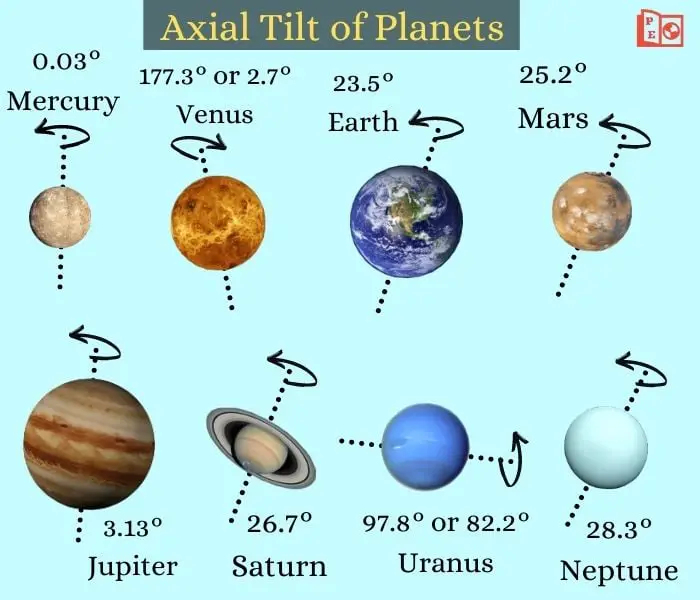
- Planet Mercury has only around 0.03 of axial tilt and rotating in the counter-clockwise direction.
- Venus Planet has an axial tilt of 177.3 and rotating in the counter-clockwise direction. Whereas we can also say its axial tilt is just 2.7 and rotating in the clockwise direction.
- Our Planet Earth has almost 23.5 of axial tilt. It means it is rotating counter-clockwise or retrograde direction with a tilt of 23.5.
- Mars has an axial tilt of almost 25.2 in direction of counter-clockwise.
- Jupiter Planet has a tilt of just 3.13 in direction of counter-clockwise.
- Planet Saturn’s axial tilt is 26.7 in direction of counter-clockwise.
- Uranus also rotates in a counter-clockwise direction with a tilt of 97.8. So with a tilt of 82.2, it rotates in the clockwise direction or we can also say it rotates on its side.
- Neptune has a tilt of 28.3 in direction of counter-clockwise.
⇒ Retrograde and Prograde Motion
Retrograde motion in the space is the motion of any object in the opposite direction as their sun rotates whereas, prograde motion is the motion of the object in the same direction of their sun (central object). Prograde motion is also known as direct motion and it happens with most of the objects in space.
Our 6 planets (Mercury, Earth, Mars, Jupiter, Saturn, Neptune) and Sun rotate in the same clockwise direction, so these motions are called prograde motion. Planet Venus and Uranus revolve anticlockwise and opposite to the sun, so these motions are called retrograde motion.

So if a moon of planet Uranus is rotating in the same direction as Uranus then it would be a prograde motion of the moon with respect to Uranus, but it would be a retrograde motion to the sun.
Revolution of planets around a barycenter
“In actual all planets orbit around a point that exists inside or near their sun. This point is known as the barycenter and it is the center of mass of the two or more bodies“.
The barycenter point depends upon the mass and distance of the orbiting bodies. If two bodies orbiting around each other at a common barycenter and one body is extremely massive compare to 2nd body. Then the center of mass or barycenter would locate inside the 2nd body.
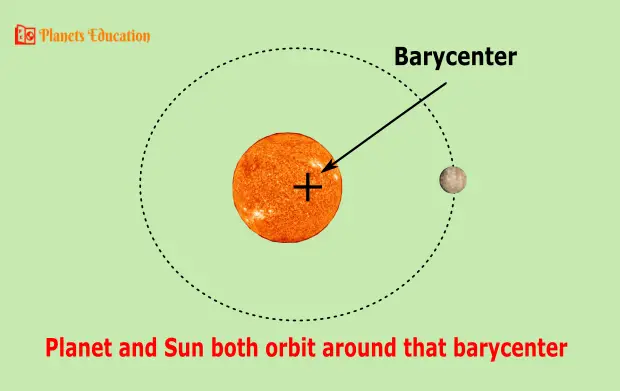
Every planet of our solar system orbit around its barycenter. For most of the planets, the barycenter lies very close to the center of the sun. Whereas barycenter for the planet Jupiter lies slightly outside to the sun.
So commonly it is said that our solar system planets orbit around the sun, but in actual all planets revolve around the barycenter point. Though in this article we have considered the revolution of planets around the sun.
Orbital Periods of Planets
The planets in our solar system have simple prograde motion around the sun except for Venus and Uranus. These planets have different orbits in which they revolve around the sun. One revolution around the sun is called the Orbital Periods of the planets.
Our 8 planets have the following orbital periods with respect to earth days:
- Mercury- 87.90 days
- Venus- 224.70 days
- Earth- 365.25 days
- Mars- 686.90 days
- Jupiter- 4332.80 days
- Saturn- 10755.70 days
- Uranus- 30687.10 days
- Neptune- 60190.00 days
So, here the article “rotation and revolution of planets around the sun” ends. I hope you have understood here ‘how exactly all planets revolve around the Sun’.
Also check these all 8 planets & 5 dwarf planets facts:-
- How Many Planets Exist in the Universe — A Cosmic Estimate
- 5 Best Solar System Backpacks in 2025
- Mass of Planets in Order from Lightest to Heaviest
